Combining glass and wood: a staircase aesthetic guide
Staircases are not just functional elements within a home; they are also significant design features that can dramatically affect the aesthetic and atmosphere of a space. The combination of glass and wood in staircase design offers a blend of warmth, elegance, and modernity, making it a popular choice for homeowners, interior designers, and architects. Glass brings a sense of openness and light, while wood adds a touch of natural beauty and sturdiness.
When glass and wood are paired together in a staircase, the result is a visually stunning and practical feature. Wood provides a solid, reliable structure, and glass panels can allow light to filter through the staircase, creating a brighter and more spacious feel. This combination also offers versatility in design, as it can be tailored to fit both contemporary and traditional interiors.
Design Considerations for Glass and Wood Staircases
Before embarking on a staircase project, it's crucial to consider the space where the staircase will be installed. The dimensions, natural light availability, and overall interior theme should guide the design process to ensure that the staircase complements the existing environment.
The type of wood used in a staircase has a significant impact on both its appearance and longevity. Hardwoods such as oak, maple, and walnut are popular for their durability and rich colors, while softer woods like pine can be used for a more cost-effective solution. The wood can be stained or left natural, depending on the desired look.
Glass used in staircases should be safety tempered or laminated to ensure it can withstand the demands of daily use. Clear glass is a timeless choice that maximizes light and visibility, but frosted or tinted options can provide additional privacy and style.
It's essential to adhere to local building codes and safety standards when designing a staircase. This includes considerations for the strength of materials, handrail height, and the gap between glass panels. Professional consultation is recommended to ensure compliance and safety.
Incorporating Glass and Wood into Various Staircase Styles
For a modern look, clean lines and minimalistic design elements are key. A floating wood staircase with glass balustrades can create a sleek and sophisticated appearance.
Traditional staircases often feature rich wood tones and more ornate details. Glass can be incorporated to add a contemporary twist while maintaining the classic charm.
Transitional staircases blend the best of both worlds, combining traditional woodwork with modern glass elements to create a balanced and harmonious look.
Maintenance and Durability
Wooden staircase components require regular maintenance to keep them looking their best. This includes cleaning, occasional sanding, and refinishing to protect the wood from wear and environmental factors.
Glass in staircases should be cleaned regularly to maintain its clarity and luster. It's also important to inspect glass panels periodically for any signs of damage or weakness.
Customization Options
Customization is key to creating a staircase that reflects personal style and meets specific needs. Options include different wood species, glass finishes, and unique design features like LED lighting or custom handrails.
For those looking to elevate their staircase design further, additional features such as glass risers, integrated handrail lighting, and custom-shaped glass panels can be considered.


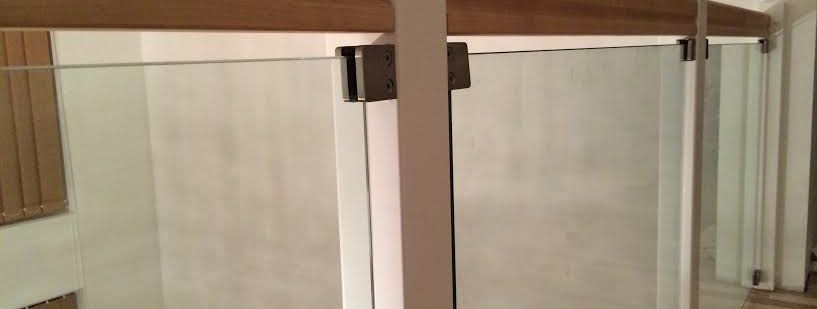

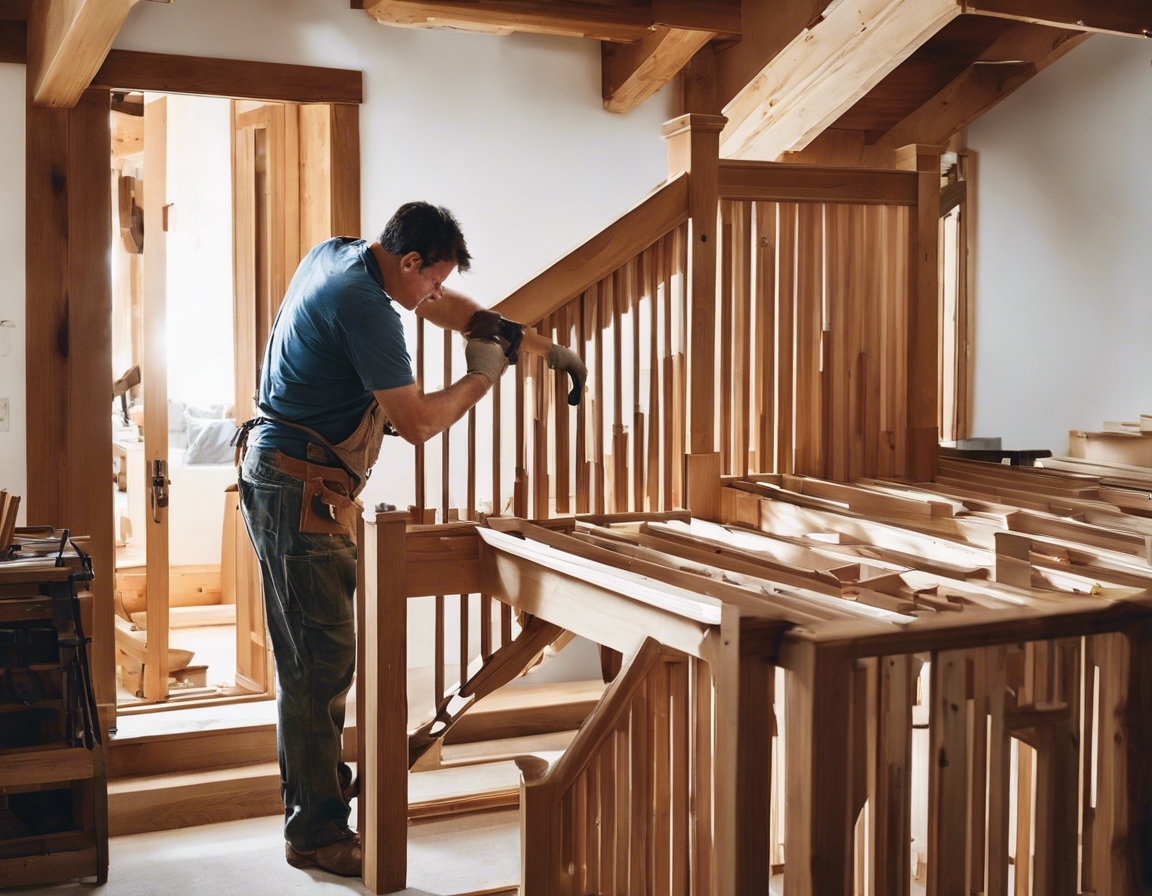
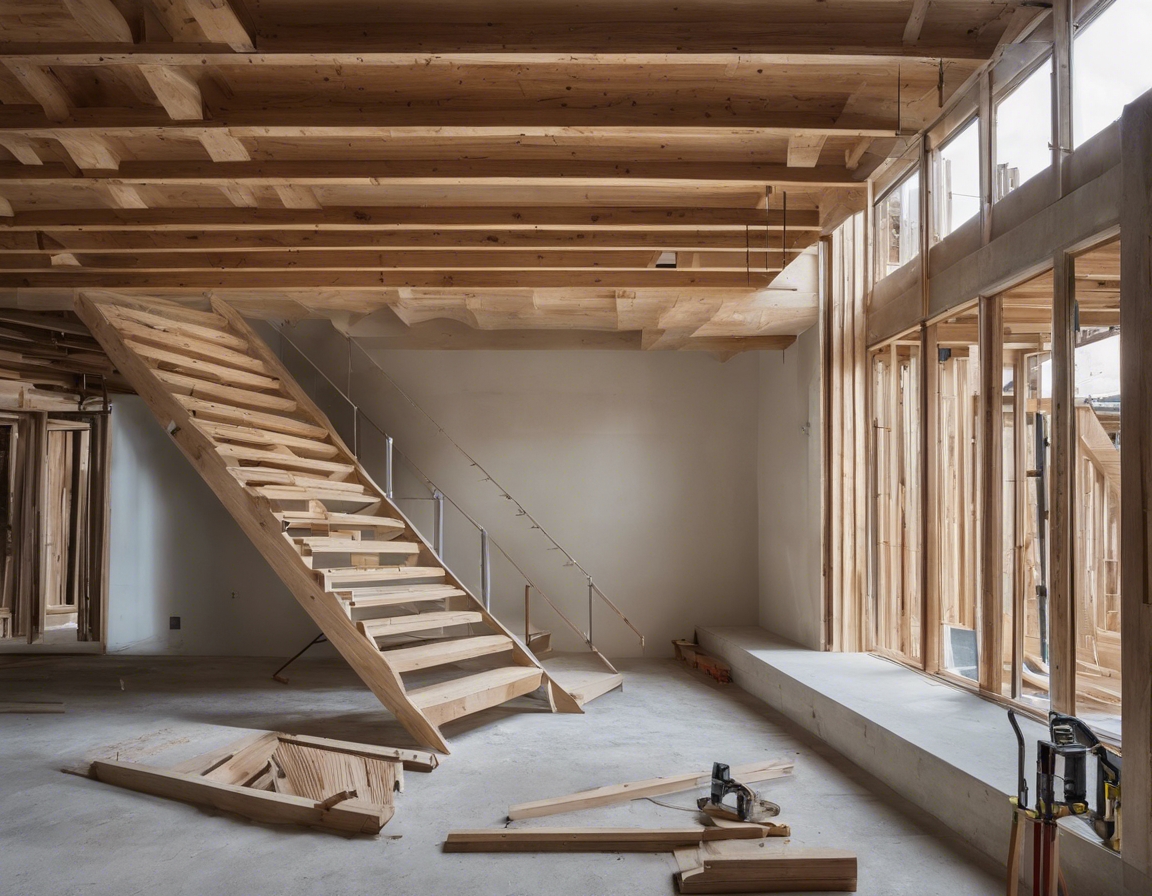
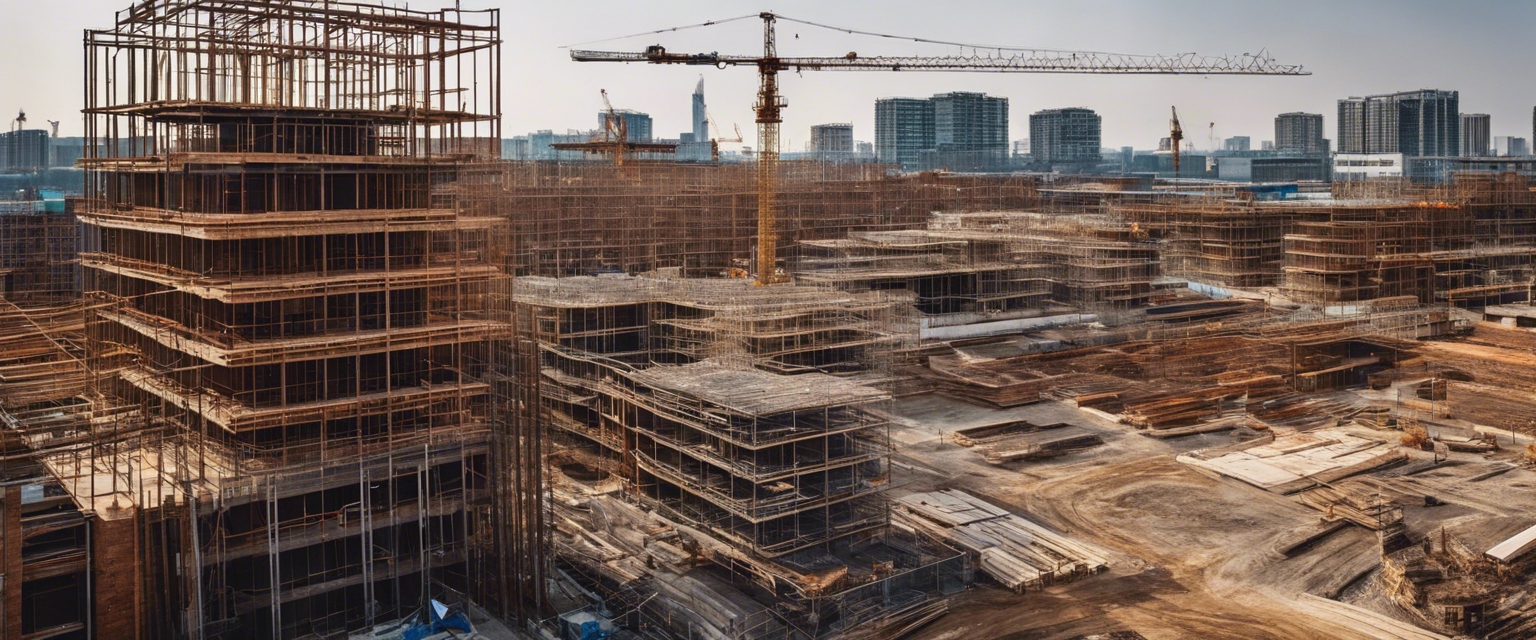
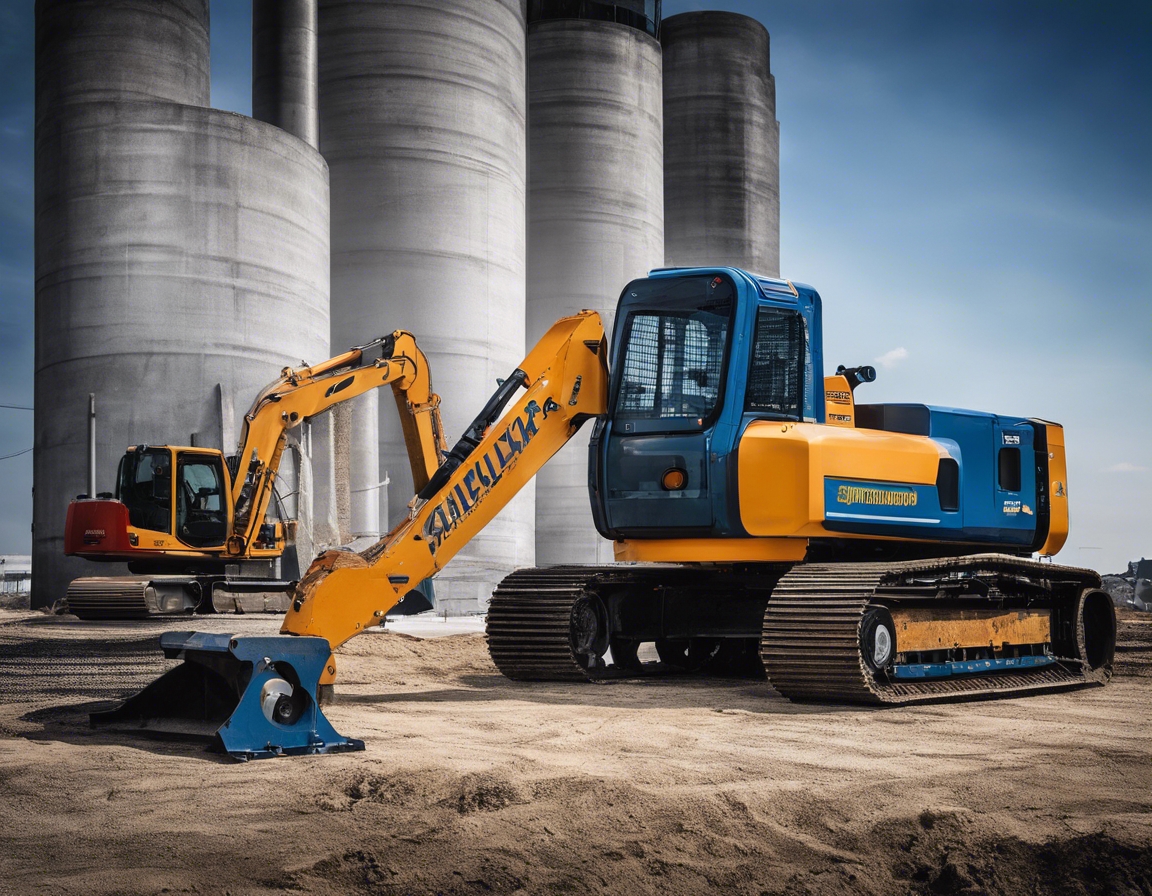
Comments (0)